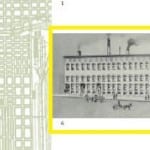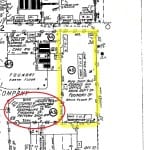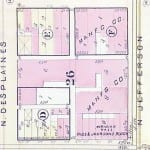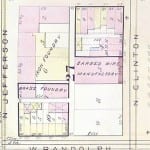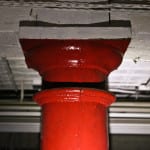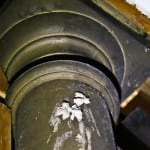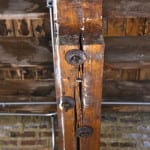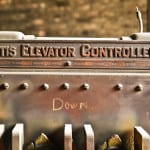historically significant pre-fire crane company plumbing supply factory building facing demolition late this week
This entry was posted on April 20 2016 by Eric
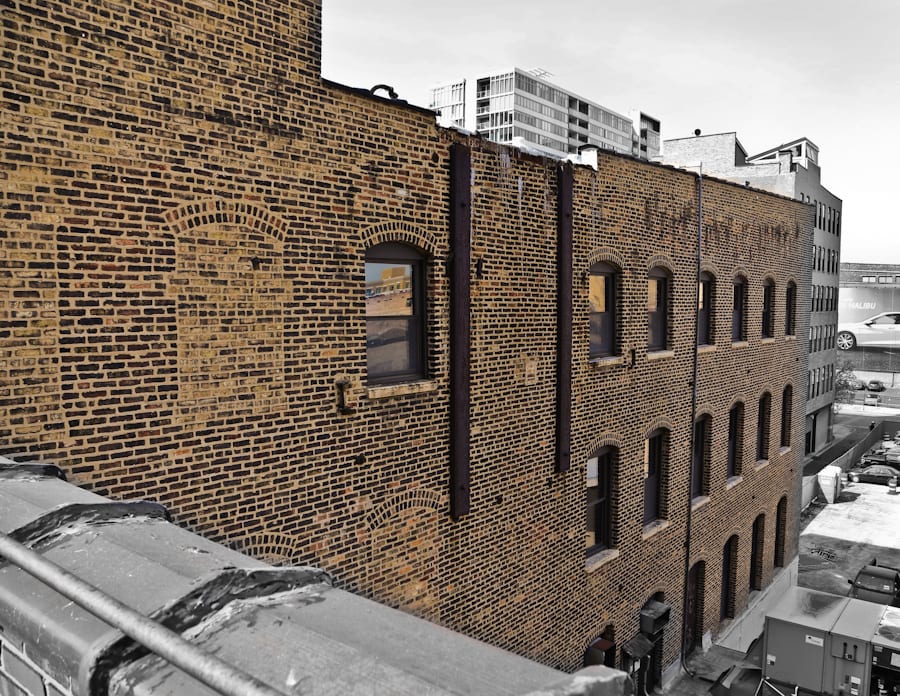
what survived the catastrophic great fire of 1871, it seems, might not survive the wrecking ball of today. at 154-166 north jefferson, the west loop is ready to gain another high rise residential tower, at the expense of a pre-fire factory that holds a rich history. it was nearly two years ago that i first encountered the building. i was occupied with research on various sawmills, window sash, and door companies in connection to the the john kent russell house (1855). as a result of this topical research i decided to explore industrial areas of the west loop to determine if any of these old factory or warehouse buildings, once producing crucial building material, were still in existence. to my great surprise i discovered two masonry buildings dating to this period: the old mccormick reaper works brick factory (1862) at the corner of jefferson and desplaines, and two of the old crane mfg. company foundry buildings (1865 and 1871, respectively). they were not only still-standing, but appeared to have only minor modifications to the facades facing jefferson street. both largely utilitarian, pre-fire buildings exhibited corbeled brickwork and arched openings -- the defining characteristics of 1860's industrial architecture.
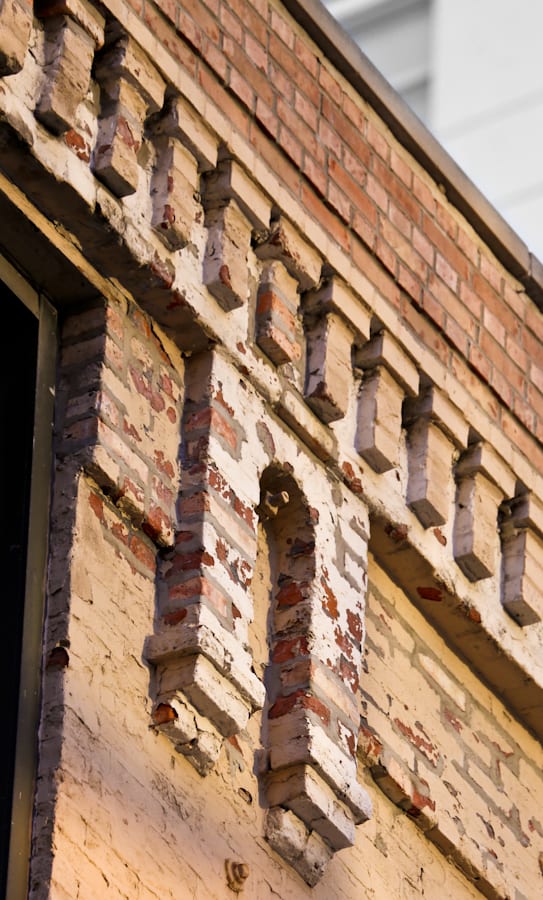
since both buildings were occupied and largely well-maintained, i figured they were "safe," to be left alone and appreciated by those of us attentive to nineteenth century chicago buildings. in a sea of sterile structures and newly developed blocks, this was certainly optimistic. nevertheless i documented the crane complex, for both its role in plumbing fixtures and its proximity to the haymarket riots of 1886, and then moved on to neighboring areas in my exploration. when i was informed just recently (by heneghan wrecking) that the 1870 addition to the crane factory was going to come down, i was utterly taken aback.
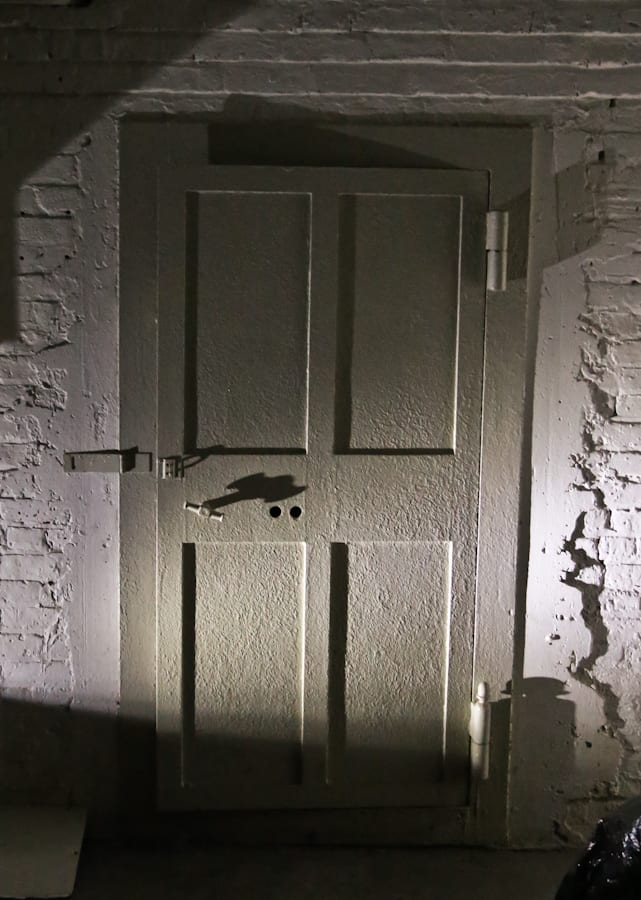
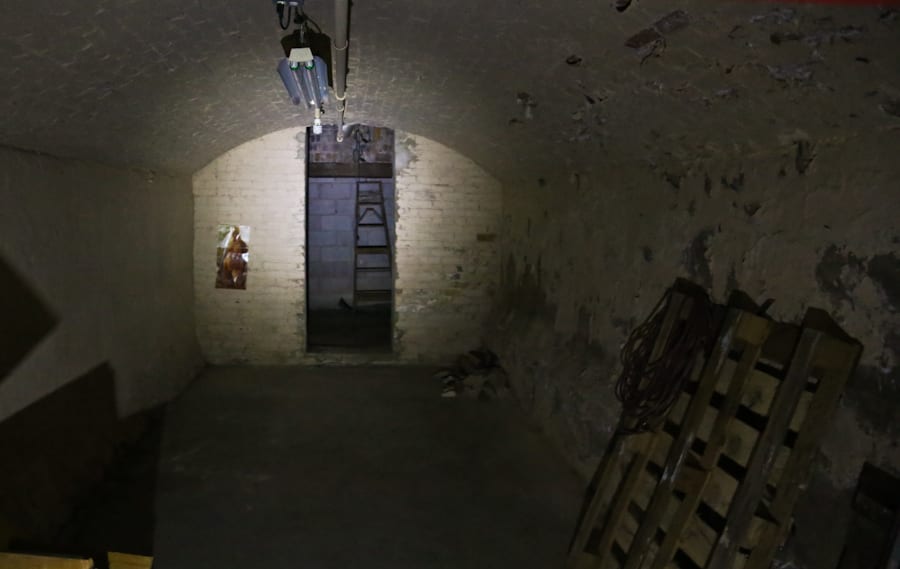
first thing monday morning i arrived onsite in a safety meeting with power construction. i eagerly awaited my hard hat sticker for the "green light" to explore. at first permission, i spent the day documenting any and all remaining buildings, with an emphasis on the addition that was handed this death sentence. in the coming weeks, urban remains will salvage the 4-story storage and shipping wing of the building, which was a c.1871 addendum adjoining desplaines and jefferson street, and which holds the large pressure tank that controlled water supply to the wider foundry.
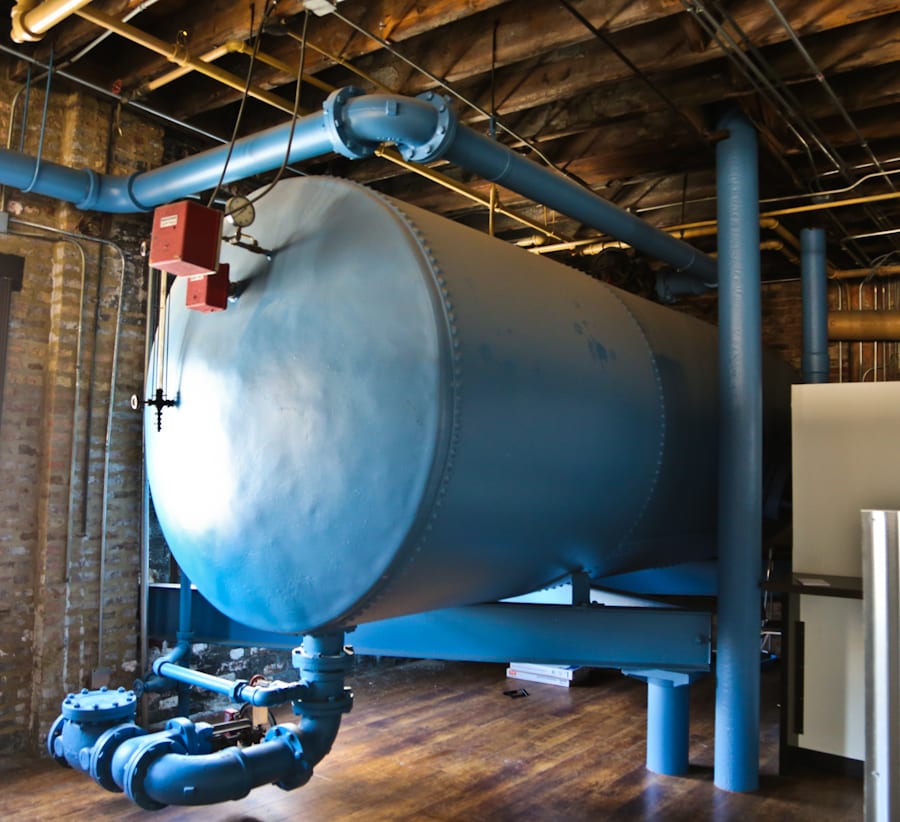
the crane manufacturing company's backstory is filled with the mythos of the american dream— an industrialist's self-built business quickly grown from a meager lot into a substantial company that would pioneer new technologies and production techniques. the company’s founder, richard teller crane, was born in new jersey and spent his childhood as a laborer in a cotton mill and tobacco plant. he apprenticed in a brass and bell foundry, before briefly working as a machinist in new york. crane decided to move west to chicago, where an uncle ran a successful business; on arriving in 1855, he launched his business single-handedly, building a 14 x 24 foot wooden structure in the corner of his uncle’s lumberyard at the corner of canal and fulton streets. there, he acquired sand for molding on the premises, obtained patterns and brass, and copper for the lighting rod tips he planned to cast.
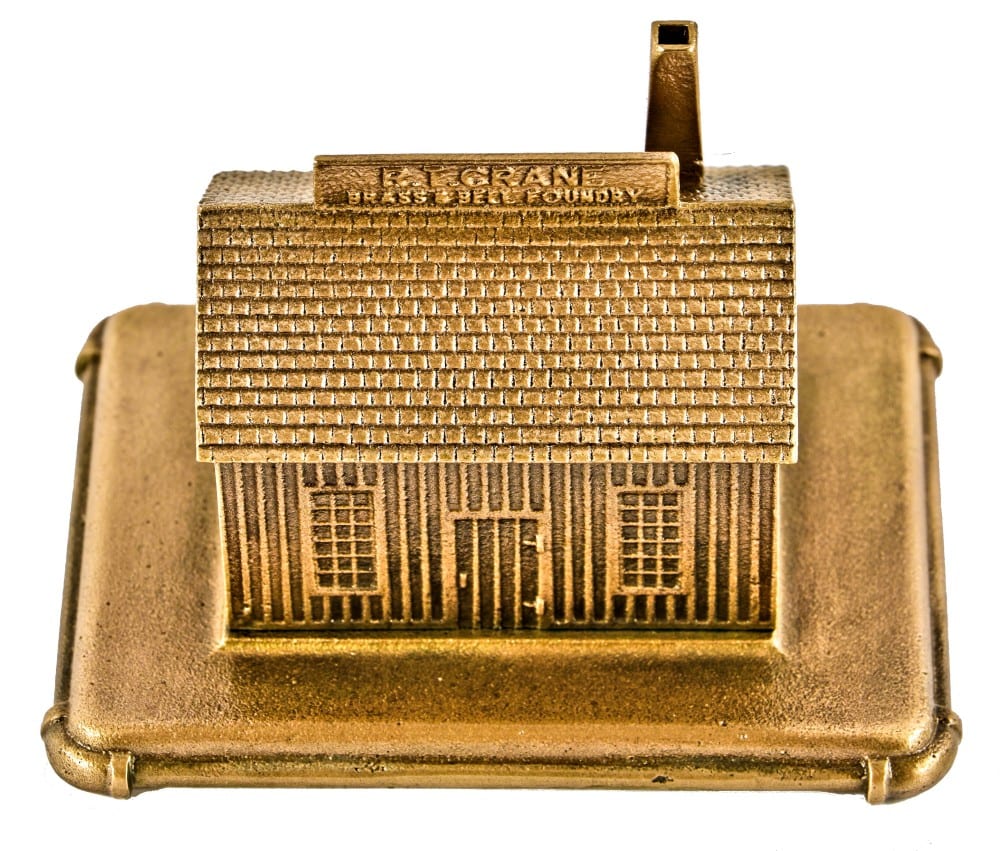

soon enough, a representative from a large manufacturer of freight cars, engines, and saw mills, brought some “car box” patterns for him to see. they sought crane’s services in making these metal containers, which held the lubricating material to lessen axle friction on railroad cars. as copper was scarce in chicago at the time, the regular supplier was unable to fill these orders, and crane seized the opportunity.
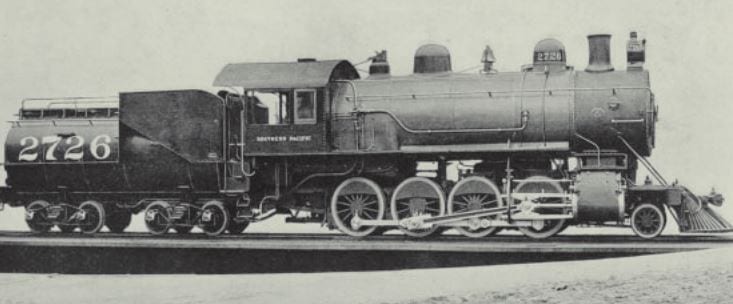 using a contact in detroit, crane secured a cask of copper and delivered his castings in time for p.w. gates & company to award all of its orders to the fledgling “r.t. crane brass & bell foundry.” crane quickly hired on more employees and grew the company with the help of his brother, who was convinced to join him in chicago. together they obtained large facilities on the north side, facing the river, and then a lot on west lake street, where they built a 3-story frame building powered by a six-horsepower engine. still, crane’s enterprise outgrew the demand for their goods in the city, and they began to travel to growing towns in the region that would order brass engine trimmings. crane was manufacturing wrought iron pipe, fittings, and valves, steam-warming equipment, as well as the engine parts for the steam-powered locomotives. in 1857 crane branched into the new field of steam heating, hiring on an expert to help fabricate and install the heating equipment in private residences and other buildings. as early as 1858, crane even had a major contract to supply the steam-heating system to the cook county courthouse. all this - within the first five years of operations.
using a contact in detroit, crane secured a cask of copper and delivered his castings in time for p.w. gates & company to award all of its orders to the fledgling “r.t. crane brass & bell foundry.” crane quickly hired on more employees and grew the company with the help of his brother, who was convinced to join him in chicago. together they obtained large facilities on the north side, facing the river, and then a lot on west lake street, where they built a 3-story frame building powered by a six-horsepower engine. still, crane’s enterprise outgrew the demand for their goods in the city, and they began to travel to growing towns in the region that would order brass engine trimmings. crane was manufacturing wrought iron pipe, fittings, and valves, steam-warming equipment, as well as the engine parts for the steam-powered locomotives. in 1857 crane branched into the new field of steam heating, hiring on an expert to help fabricate and install the heating equipment in private residences and other buildings. as early as 1858, crane even had a major contract to supply the steam-heating system to the cook county courthouse. all this - within the first five years of operations.
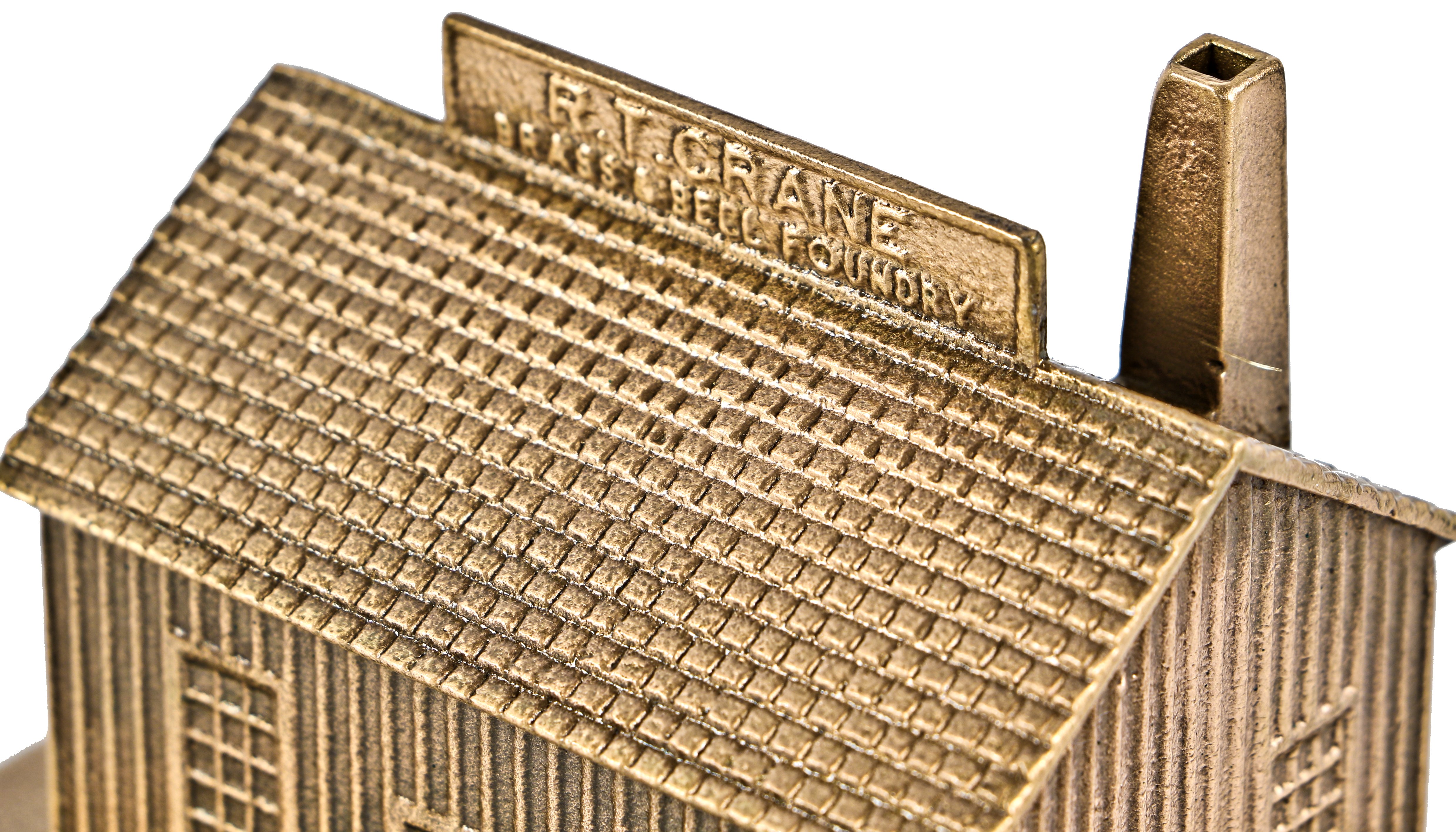
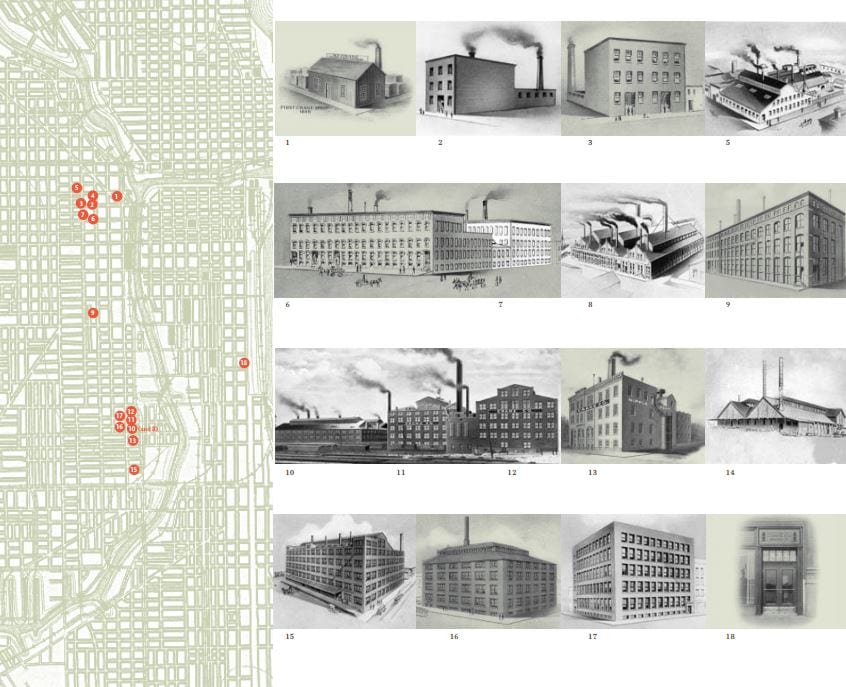
in 1861, wartime brought a boom of business that lead again to the company moving and expanding. the factory that they subsequently built at 10 north jefferson in 1865 housed the first malleable iron foundry west of pittsburgh, and served as the company headquarters until 1915. they engaged in the new art of making a full line of cast iron and malleable fittings, and delved further into the manufacture of steam pumps. groundbreaking from the very beginning, and adapting to the marketplace in prescient ways, crane began producing steam-powered hydraulic elevators in 1867. the business was so successful that they incorporated it as a separate endeavor: the crane elevator company (which was sold and merged in 1898 to become the otis elevator company).
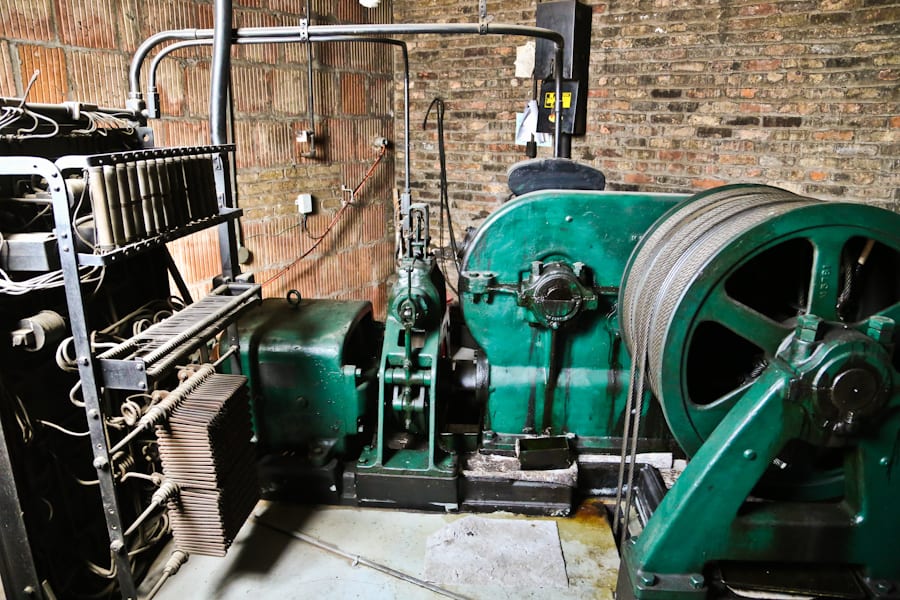
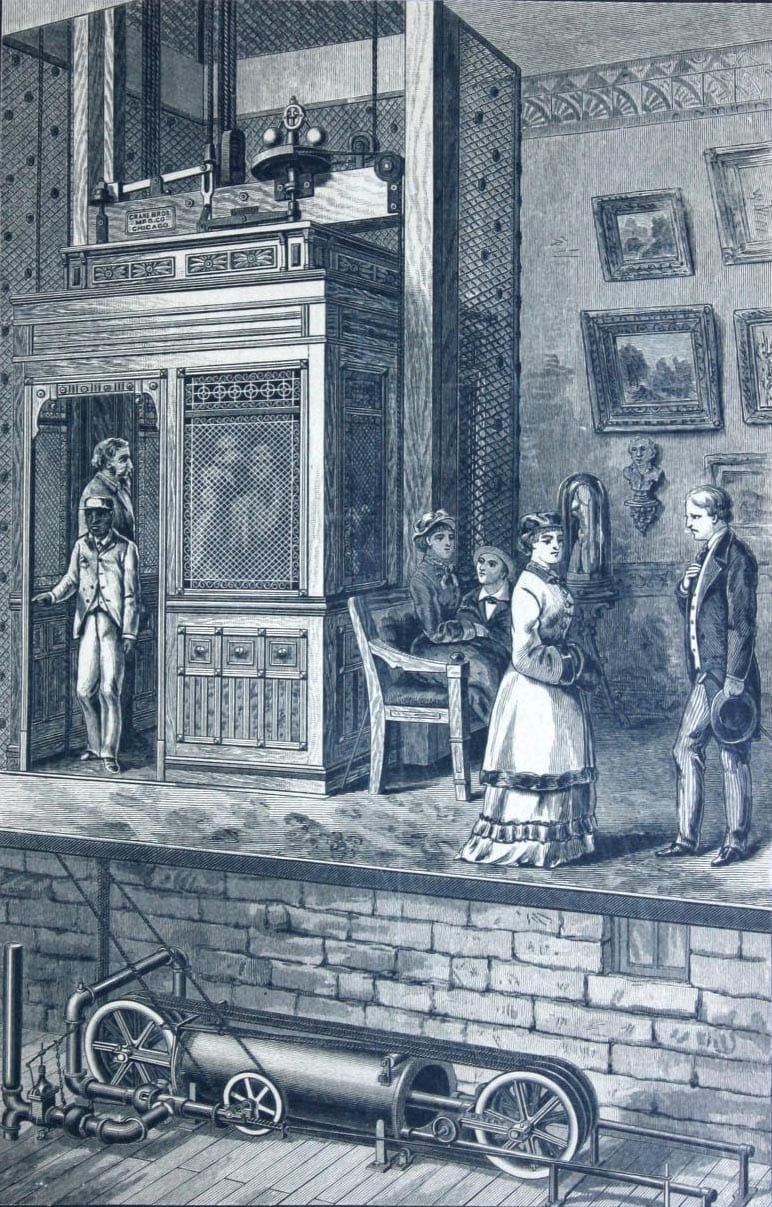
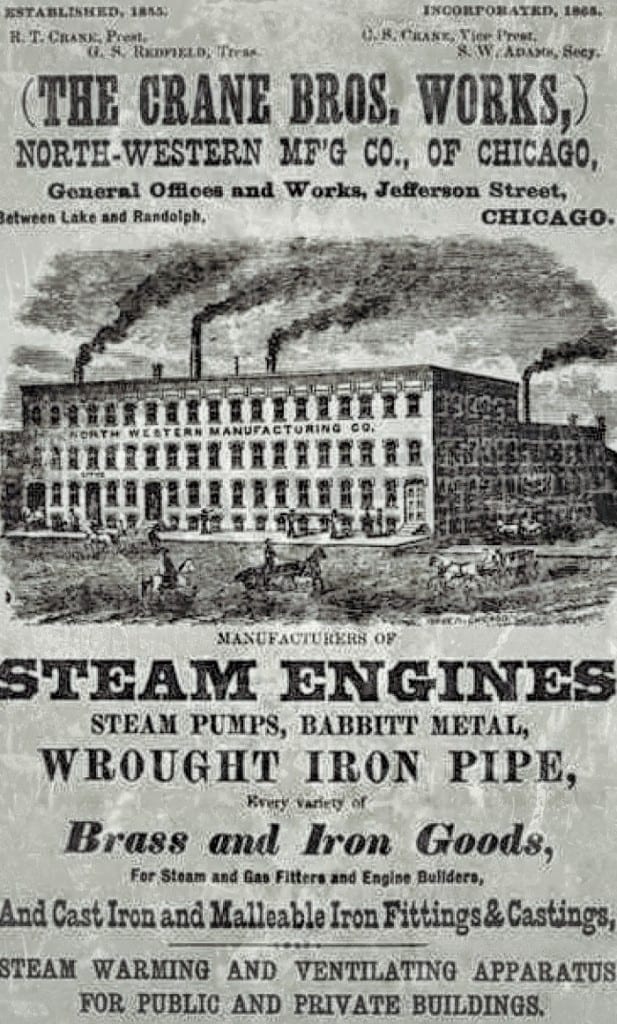
yet again, in 1871, crane’s company was subject to the forces of historic events, though narrowly spared from consequence, as the great fire that swept through chicago did not affect the crane facilities. after the devastating event, the crane was instrumental in providing the city with water, using his company’s large steam pumps on the river to pump water into the mains 24 hours a day, until repairs were made.
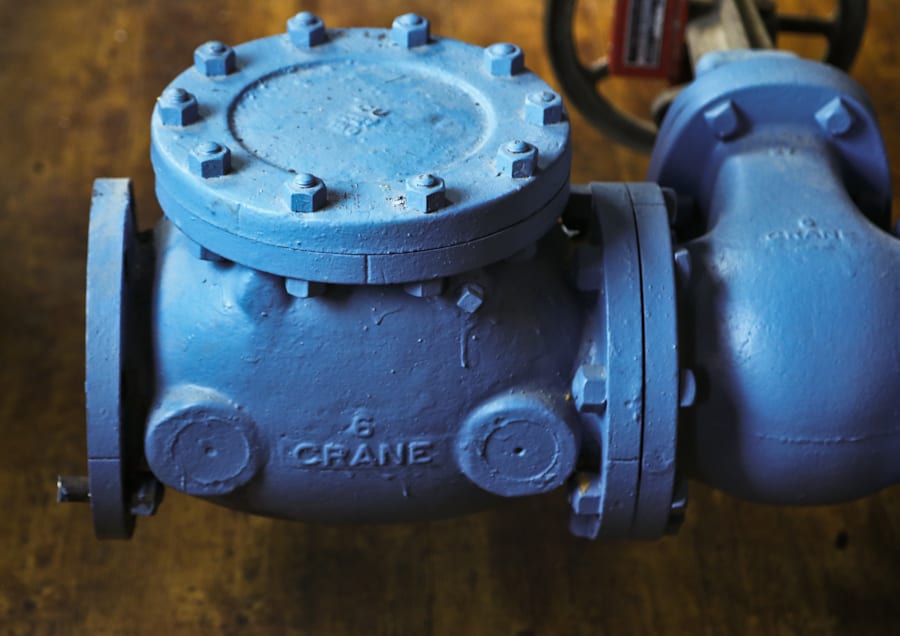

in the decade of drastic growth after the fire, crane continued to innovate, and developed a mass-production system of steam-powered conveyors for moving metals and molds and for pouring molten metal in a revolving casting machine –the first assembly line production system in the metal-working field.
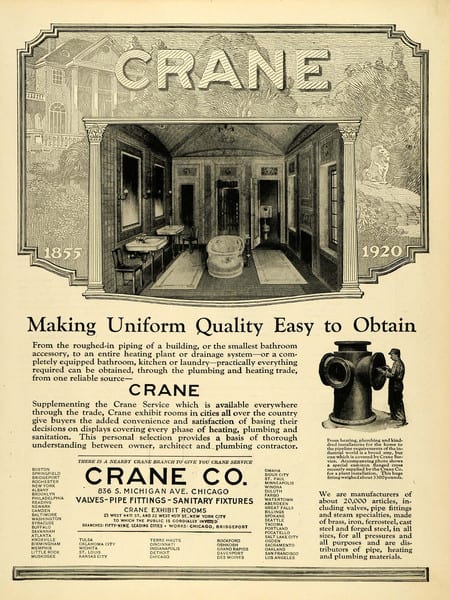
in addition to developing industrial production and manufacturing new products, the crane company apparently modeled ethical corporate practices that were somewhat exemplary for the time: complying with 8-hour workdays, initiating a lunch program for employees, providing free medical care, developing profit sharing programs for the employees, and assuring optimal standards of safety within the factory workplace itself as early as the 1890's.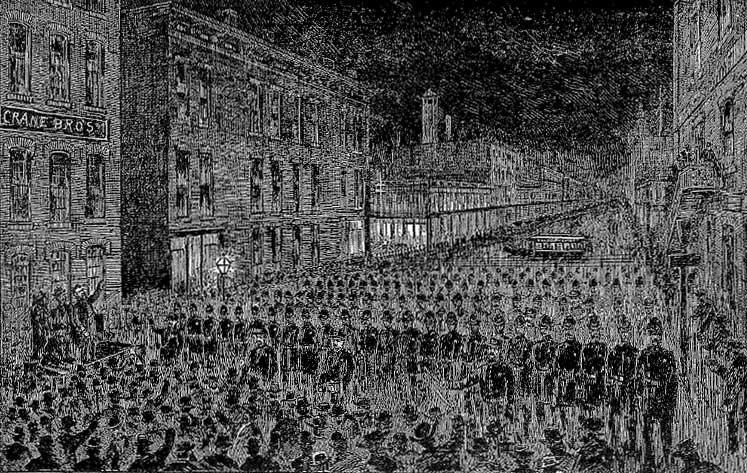
the philanthropic or humanitarian character of the company is significant also for the fact that the factory occupying 154-166 north jefferson sits directly adjacent to the site of the haymarket affair of 1886. the infamous altercation was at the center of the labor movement and originated the celebration of "may day," when anarchist and socialist labor leaders clashed with the police. the incident occurred on may 4, 1886, a day after several protesters (part of the organized demand for an 8-hour workday) were killed by police.
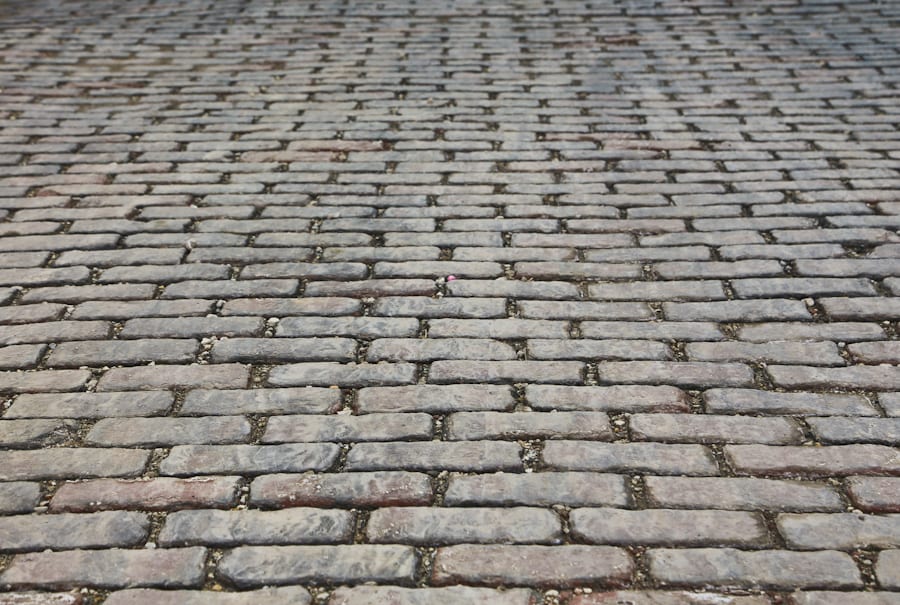
during a gathering the following day in "crane's alley," police again arrived to break up the assembly, and dynamite was thrown amidst the officers. this lead to an elaborate trial framing a number of anarchists, and which gained global recognition of chicago's "haymarket martyrs."
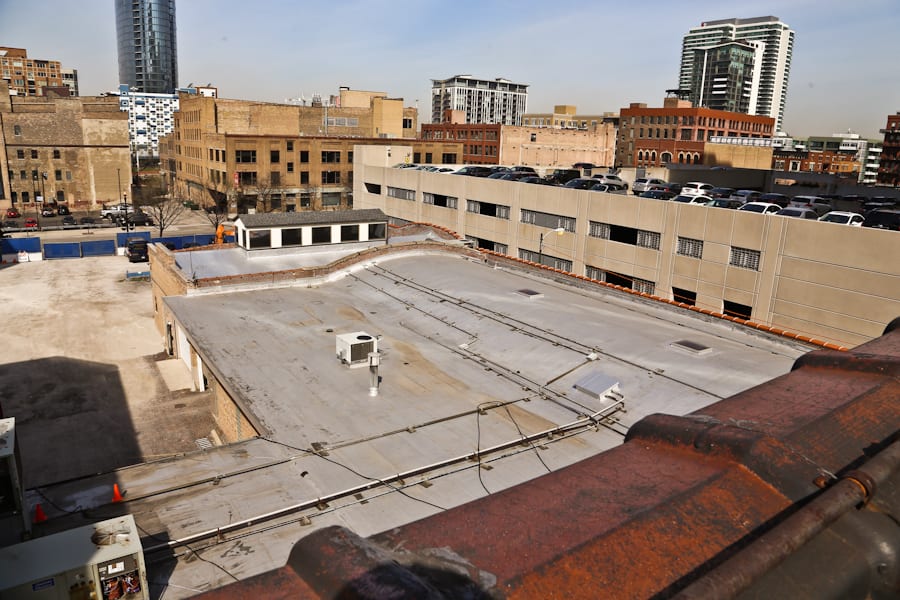
given the meager efforts to commemorate the haymarket affair, it seems fitting that the buildings surrounding the site would also be passed over for strong historic preservation efforts. the crane factory itself is surveyed as a relatively low-level historic structure, not entitled to significant protections. as such, it stands to be seen how the factory building will be re-developed or transformed.
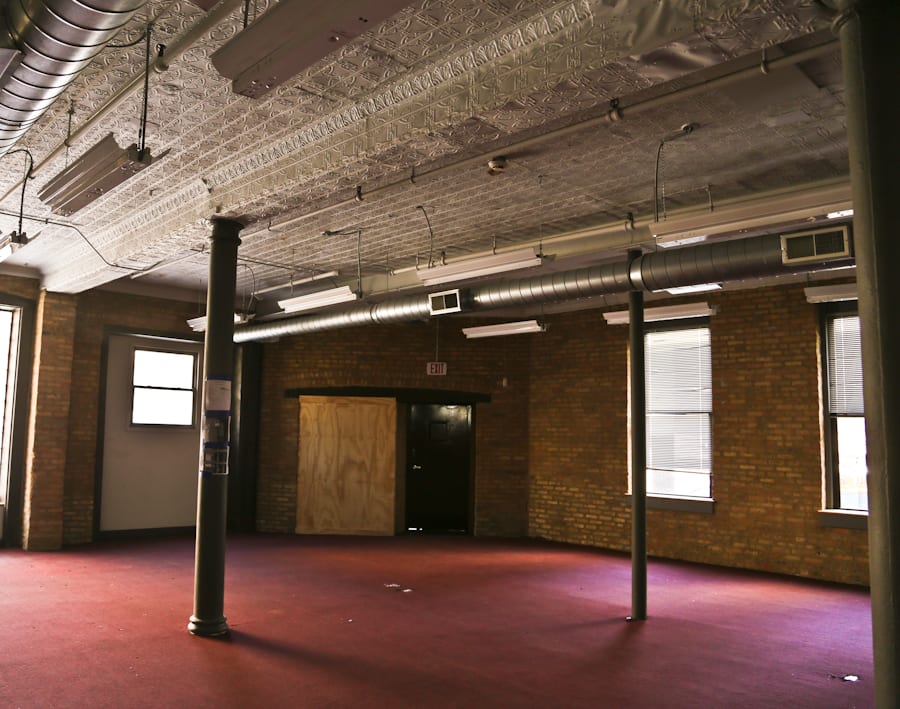
in addition to being central to the great fire and chicago's labor movement, the crane company has a more extensive manufacturing history stretching into the twentieth century. a future post will be dedicated to other buildings in connection to the business, including crane's non-extant mansion on lake shore drive, and the company headquarters designed by louis sullivan.
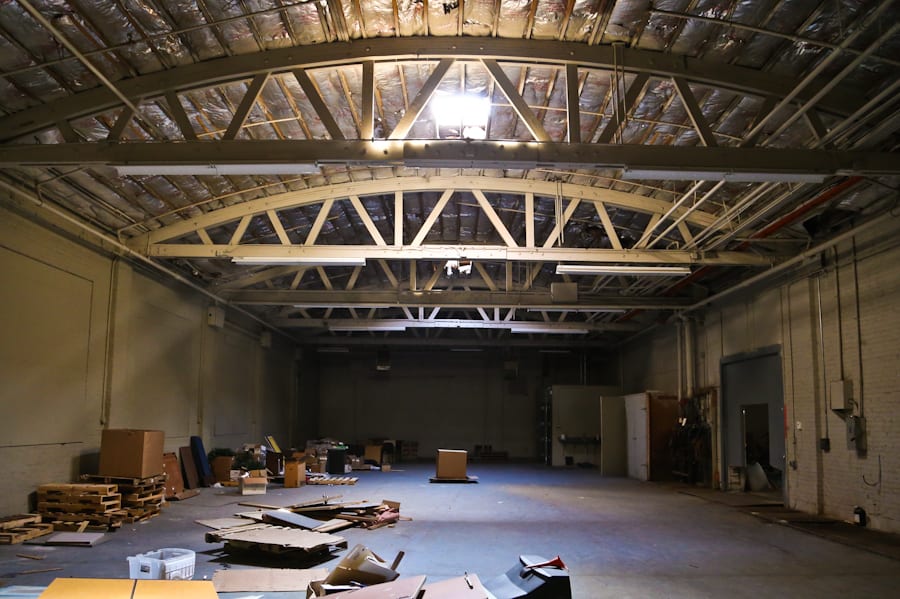
This entry was posted in , Miscellaneous, Bldg. 51, Events & Announcements, Featured Posts & Bldg. 51 Feed on April 20 2016 by Eric
WORDLWIDE SHIPPING
If required, please contact an Urban Remains sales associate.
NEW PRODUCTS DAILY
Check back daily as we are constantly adding new products.
PREMIUM SUPPORT
We're here to help answer any question. Contact us anytime!
SALES & PROMOTIONS
Join our newsletter to get the latest information

